by Irma Havlicek
Powerhouse Museum Online Producer
Work day 1 – Wednesday 18 October 2012
Breakfast was served at 6am, as planned, on our first full day on Andros – Wednesday 18 October 2012. My room-mate (Kristen Mann – take a look at Kristen’s Q&A to find out more about her) and I agreed on the tactic of setting an alarm for 6.20am (for those extra minutes of precious sleep), and heading down with our gear, ready to get straight into the van. We packed the gear we’d need the night before, so we just had to grab it and go.
But the first day, things took a little longer than we expected as we weren’t yet in the groove of preparing ourselves for departure. We each have slightly different things we have to carry. We all have at least a pack, and we were each given a 2-litre plastic bottle of water to take with us. That seemed like a lot to me. We’d been told to bring our own water bottles, and I’d bought a 1-litre water bottle, thinking that would be enough. Little did I know then how hard we would work physically, and how we would each easily get through 2 litres of water – and more! Most of us carry extra clothes – long-sleeved shirt, wind/rainproof jacket, scarf, hat (with elastic strap so it doesn’t blow off in the legendary Zagora wind), goggles (against dust storms), tough work/gardening gloves. Some also carry our food and extra water.
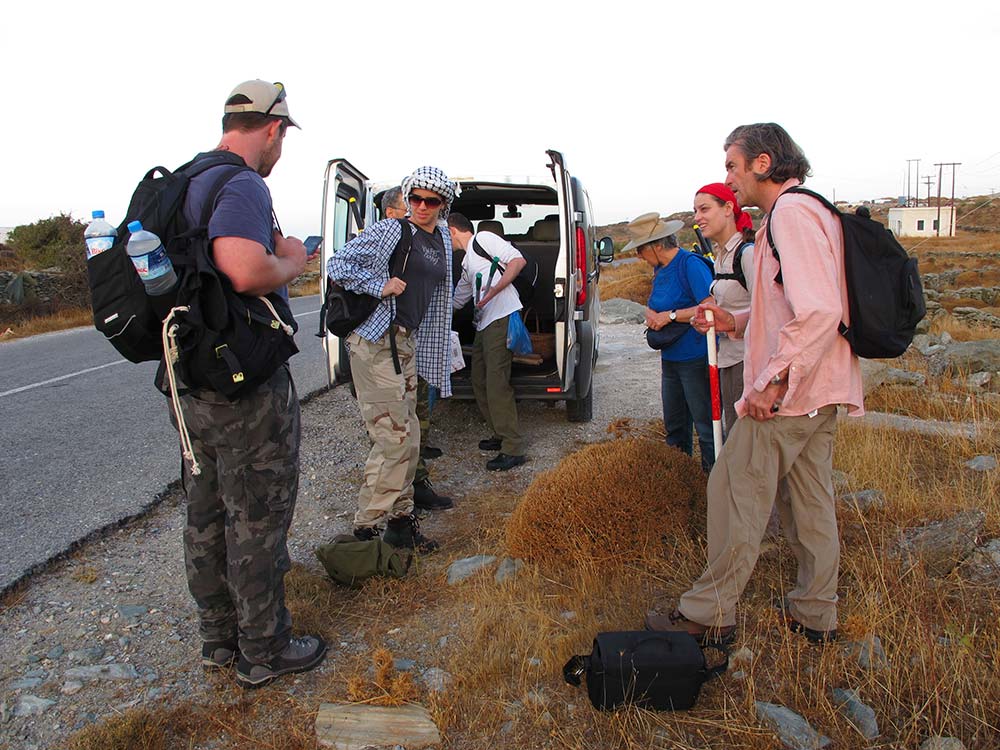
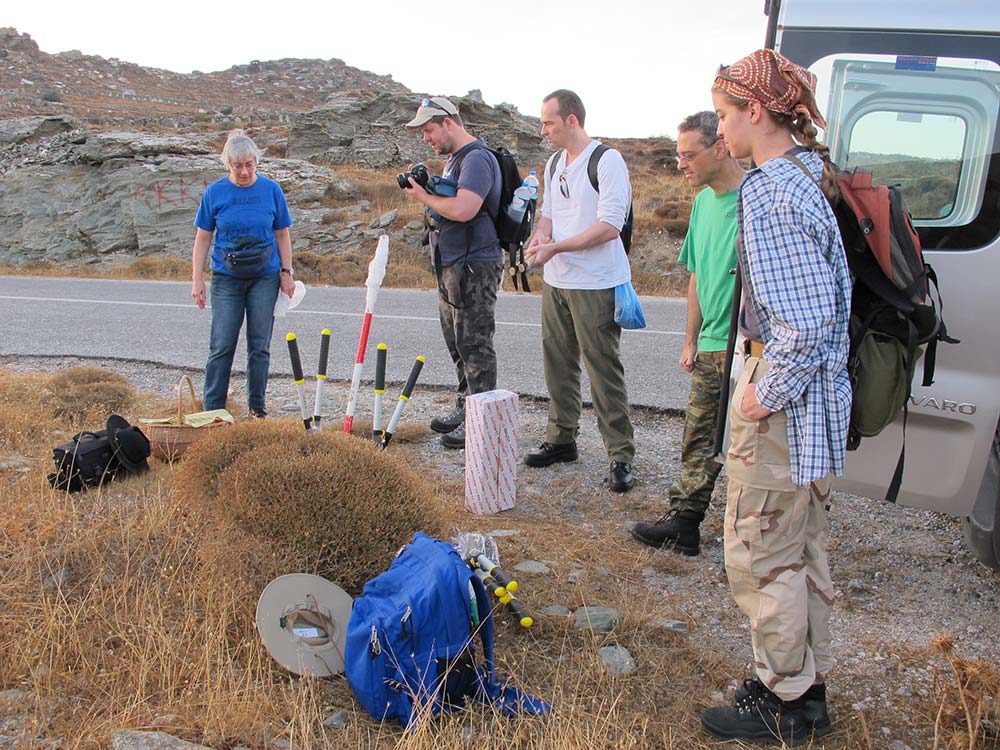
So, the first day, we departed at 7.25am – a bit later than our scheduled 7am departure. I was wide-eyed at the scenery in which we would be living for six weeks – dry and barren, with steep inclines and sharp curves on the roads – but expansive and beautiful, with the sea often visible as we travelled along the coast. Meg (find out more about Meg from Meg’s Q&A) was our morning driver and I was impressed with her driving – in a manual van on the wrong (!) side of the road in demanding conditions.

I’d seen photographs of Zagora for so many months, preparing for this project, it was quite breathtaking to see it in real life for the first time.


We reached our destination about 7.55am – the nearest safe spot to park the van near the track we would walk down, and unpacked our gear. We’d been told it was a 50-minute walk – and so it was. It is a fairly narrow, dusty track with many stones along the way. On either side of the track is a wall made of schist – which is the kind of dark grey stone used for so much building, especially of walls, here on Andros. It breaks in very straight pieces and so is relatively easy to layer.
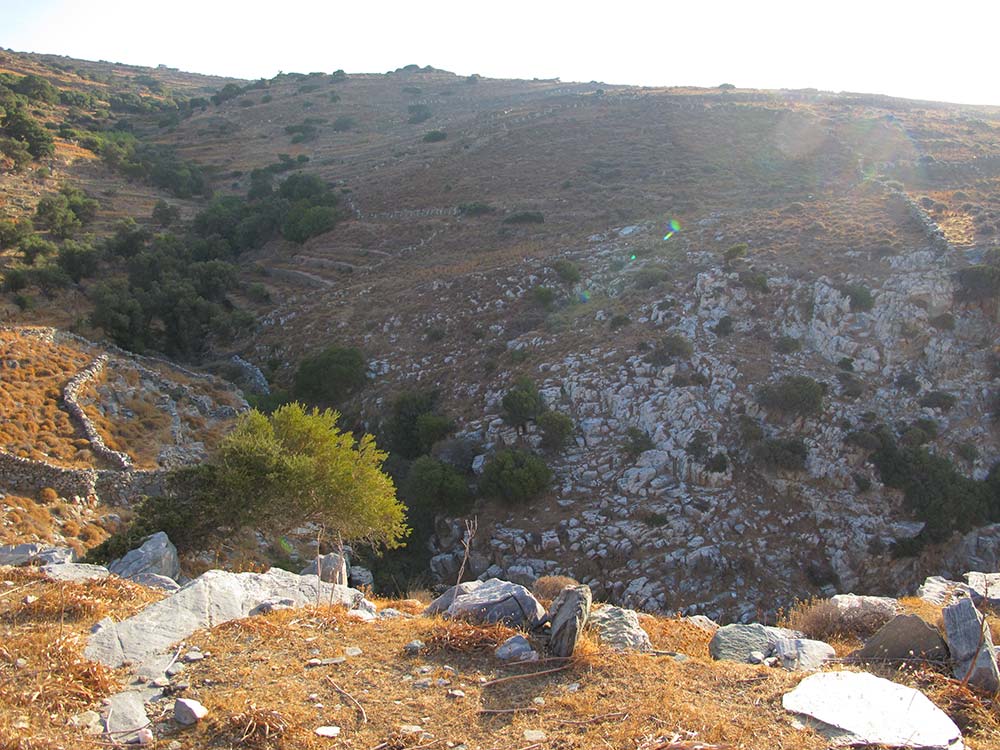
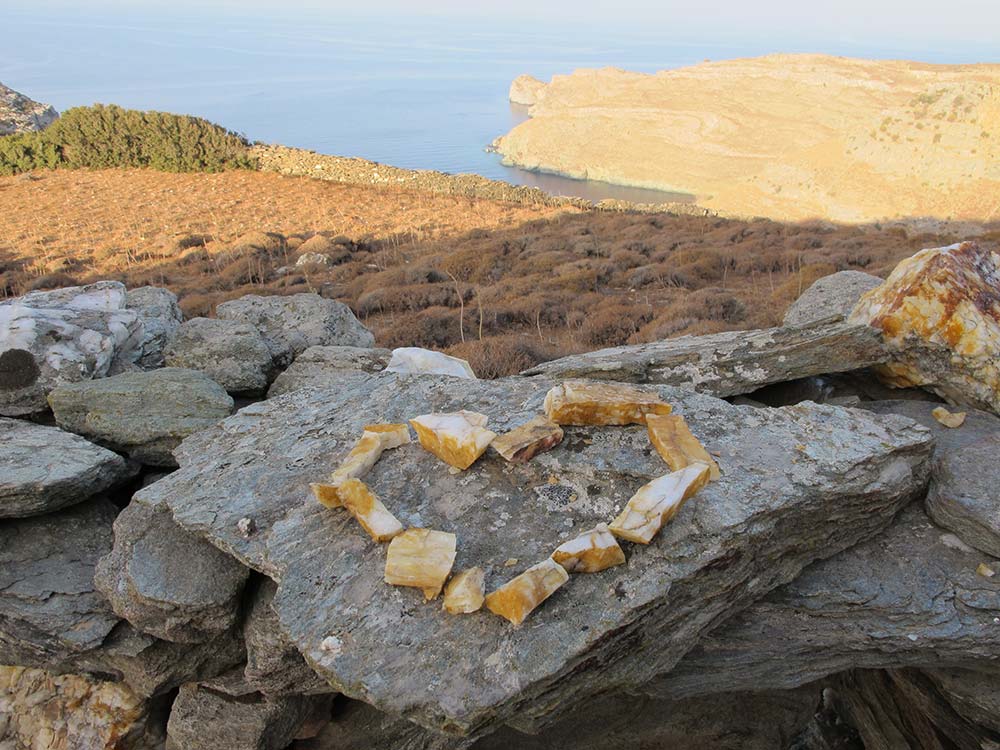

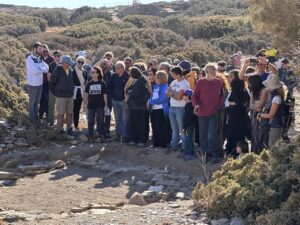
2 thoughts on “Getting to Zagora for the first time”
Hi Irma,
Your photos look fabulous. Can’t wait to see what you dig up!
Lynne
We may not dig up quite as much this year as in future years – there is more surveying this year; deciding where, with advice from the geophysicists, it looks as though excavations may uncover archaeological material of interest. There will be some test trenches though, later in the dig season.